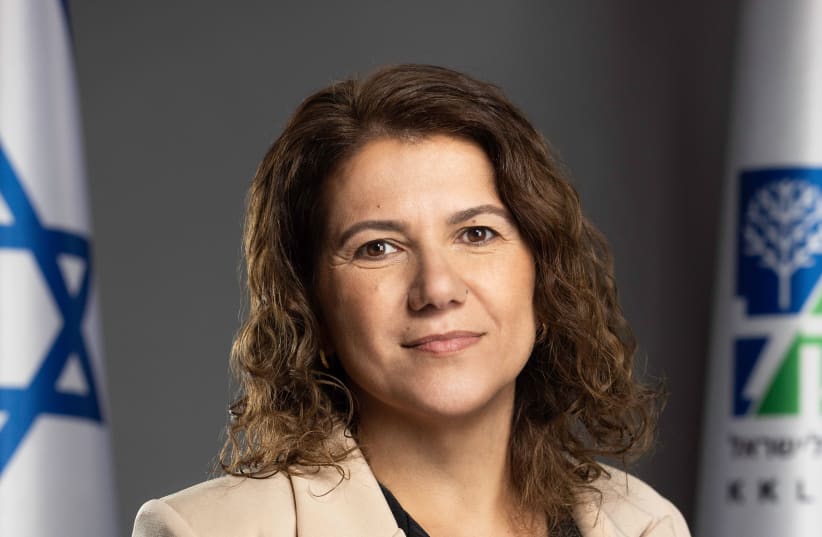Every year, on Holocaust Remembrance Day, the world is enveloped in darkness. On that day, we conjure the images of family members who were there – on the planet that sought to erase the image of man. But in the darkness that the Nazis spread over the world, small stars also twinkle; the acts of individuals and communities, who broke through the darkness, stood against it and defeated it. One of the brightest of these lights is the Warsaw Ghetto Uprising, whose 80th anniversary is commemorated this year.
“The people will know, the remnants will know, and you will know, for the sake of the past and the future... The people arose!” With these burning words, Zivia Lubetkin signed her memoirs from the days of the uprising. Lubetkin was a thirty-year-old idealist who became one of the most prominent figures in the Warsaw Ghetto and a member of the uprising’s leadership.
I contemplate these young men and women whose world was destroyed, whose weapons were improvised and weak, who had no hope of victory, and who suffered blow after blow. Where did they draw their courage to ambush the Nazi soldiers on the street corners, in the sewers, in the destroyed cellars? What motivated them to stand firm – tiny lights in a dark world? This is one of the most significant events in the history of our people, which contains a vital lesson not only for our past, but also for our future.
The Warsaw Ghetto Uprising was immediately established as one of the defining moments of the Holocaust, so much so that after the establishment of the State of Israel, the State Holocaust Remembrance Day was set as the day of the Uprising. But in the early years, the whole story was not told. It was discovered that alongside Lubetkin, Zuckerman, Anielewicz and their brave friends from the Jewish Fighting Organization – there was another group, the Jewish Military Union. The members of the Jewish Fighting Organization were socialists who belonged to youth movements such as Hashomer Hatzair, while the members of the Jewish Military Union were members of Beitar – revisionists, led by Pawel Frenkiel.
JFO and JMU, Anielewicz and Frankel, socialists and revisionists, left and right – could not work together in the revolt. The tension between the groups, the ideological gaps and the disagreements were so acute that they thwarted the partnership even during the days of the liquidation of the ghetto. The fighters had one goal, but they fought separately and fell without being able to settle their differences. Eighty years later, we must remember the story of the revolt without erasing any group from historical memory, and after celebrating the heroism of all the fighters, we must also continue to remember that discord can tear us apart even when we are on the brink of annihilation. How relevant this lesson is for today and how necessary it is to remember and remind each of the groups that make up Israeli society today.
“In that reality,” Lubetkin wrote in the preface to her book, “when around us there was nothing but destruction and death, without a glimmer of hope, without a sign that the image of a human being had not yet been erased from the face of the earth, and we were already deprived of the ability to feel and be shocked – you were the one force that still existed in us and held us: the land, the Jewish settlement in Israel, the workers’ movement, the kibbutz, the home.”
The rebels drew hope from the renewed Jewish settlement in the land of Israel. Since then, KKL-JNF has worked to develop this hope and to make it the hope of everyone. For over 120 years, KKL-JNF has been the conceptual and practical foundation of settling the land – redeeming it, planting it and supporting settlement in all its forms, absorbing Aliyah and more – a base on which the magnificent edifice of the State of Israel was built.
This foundation succeeded because, from its inception, it operated without distinguishing between survivors, between socialists and revisionists, between supporters of the right and left and between the observant and the secular. A cohesive foundation can support a cohesive story, “The people can arise,” as Lubetkin put it, with a common foundation – in the struggle against the Nazi tyrant and the revival of modern Israel.
Then, as today, the development of the joint Israeli foundation is our supreme task, and on this day, it is the wish of the martyrs, the heroes of the Warsaw Ghetto Uprising, who watch over us and ask us to honor their will.
Yifat Ovadia-Lusky, Chair, KKL-Jewish National Fund.
Translated by Alan Rosenbaum
